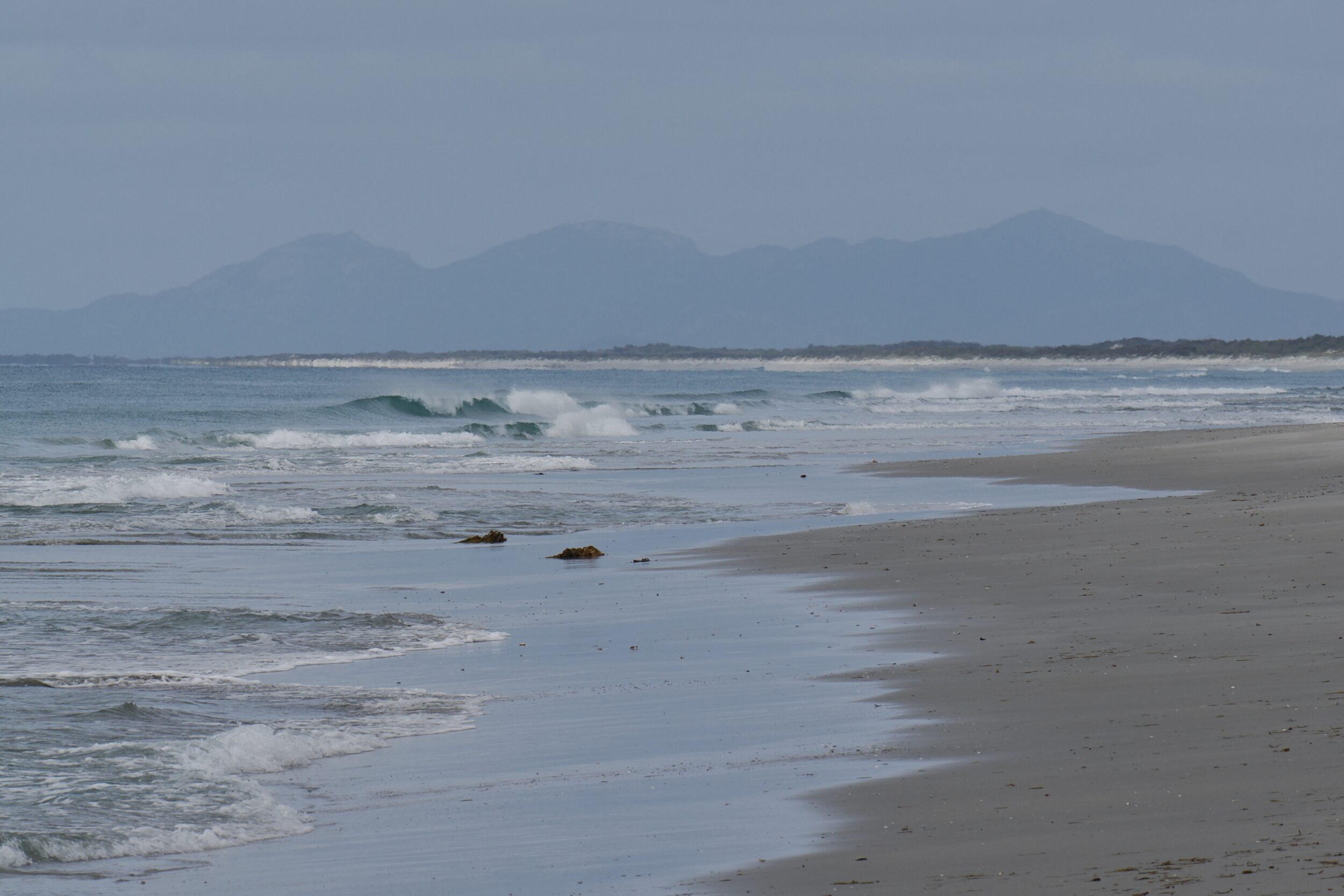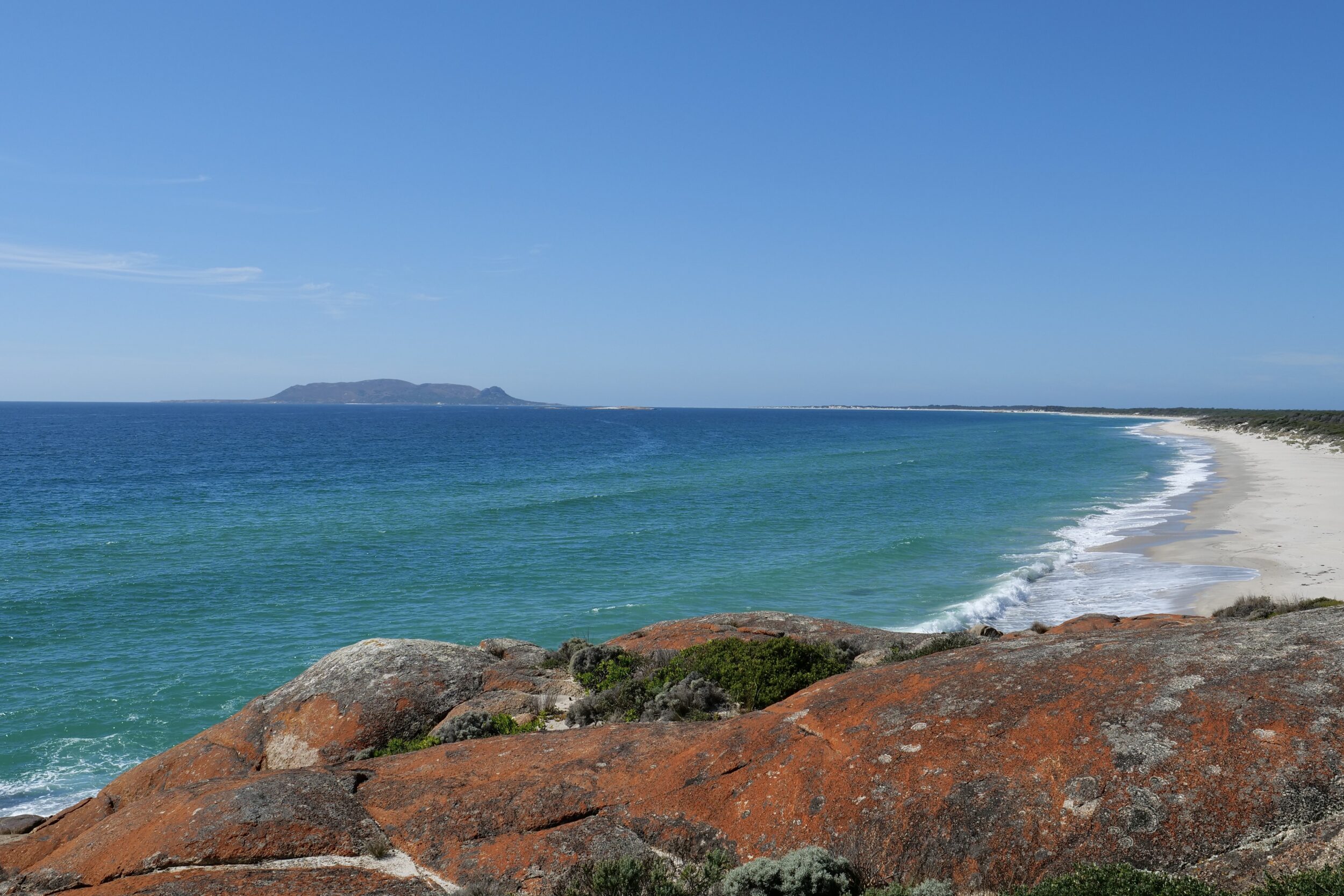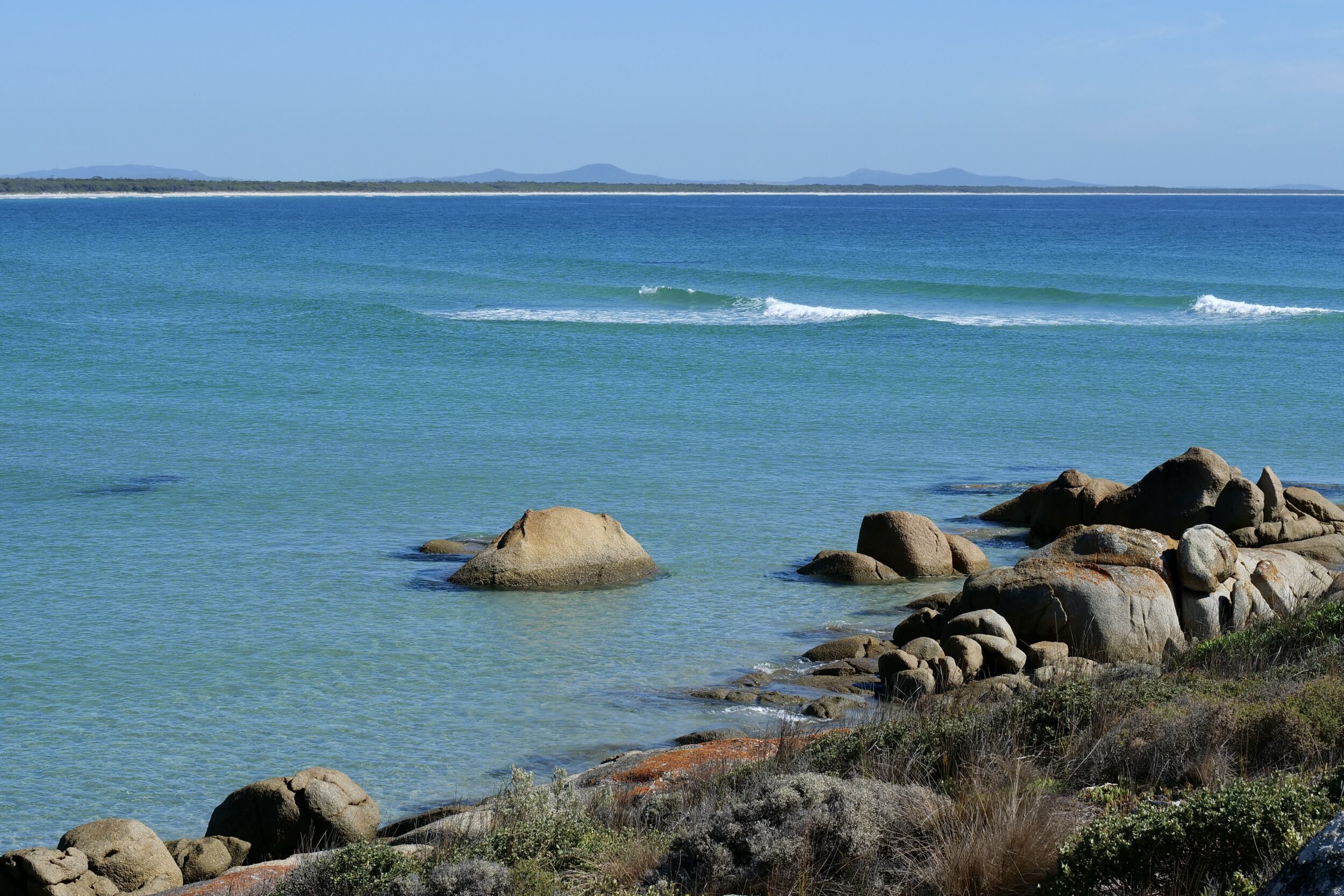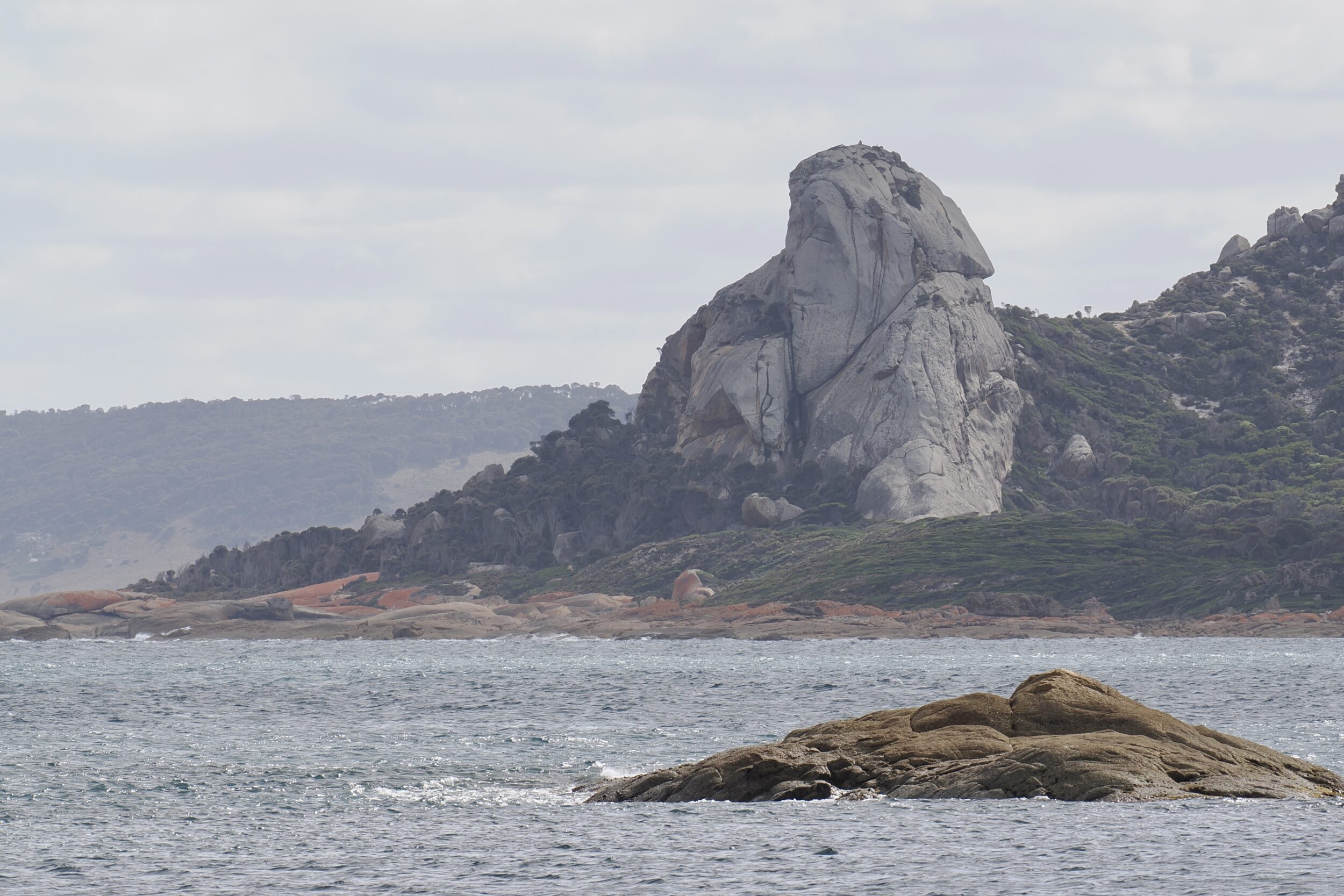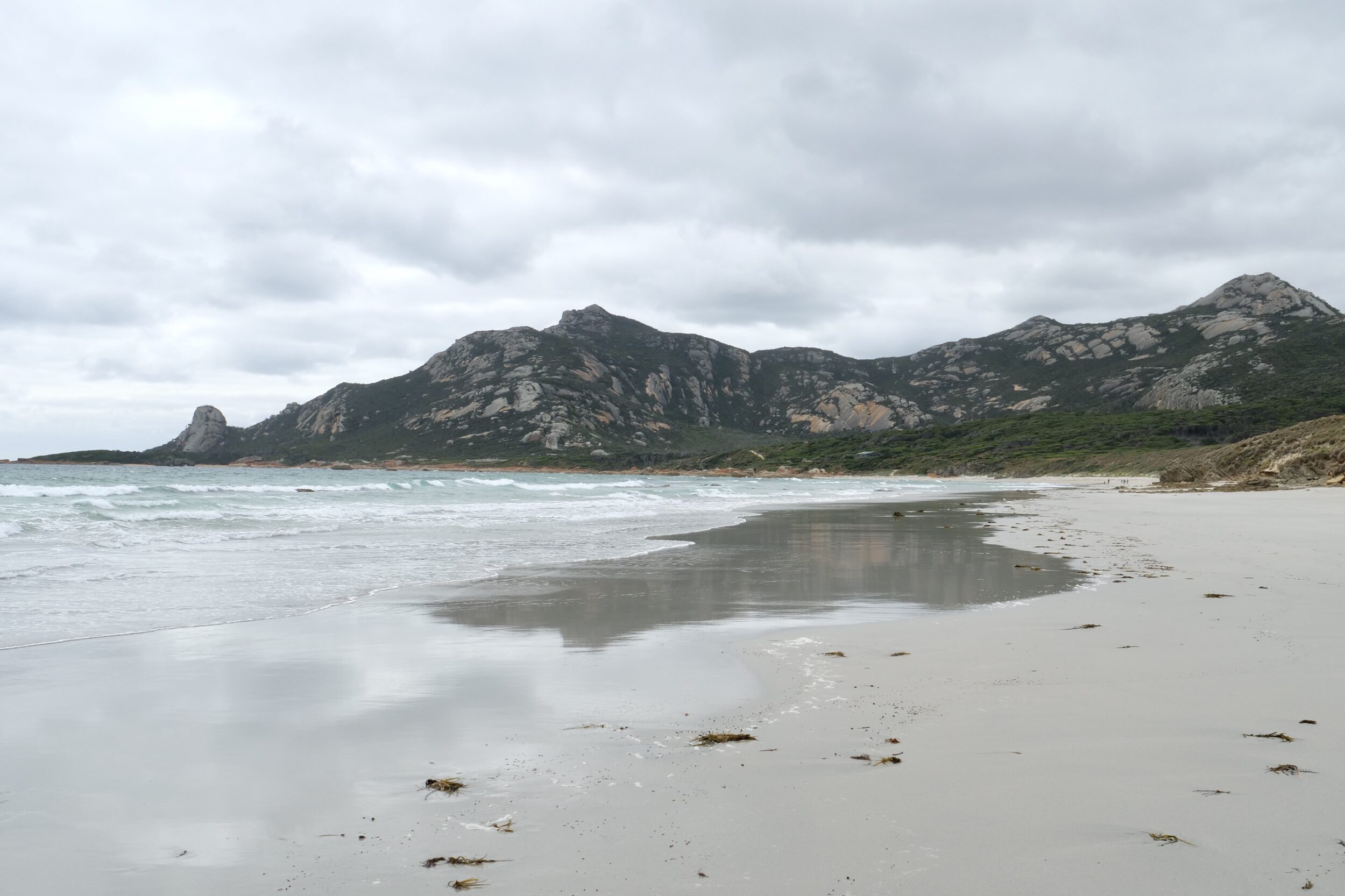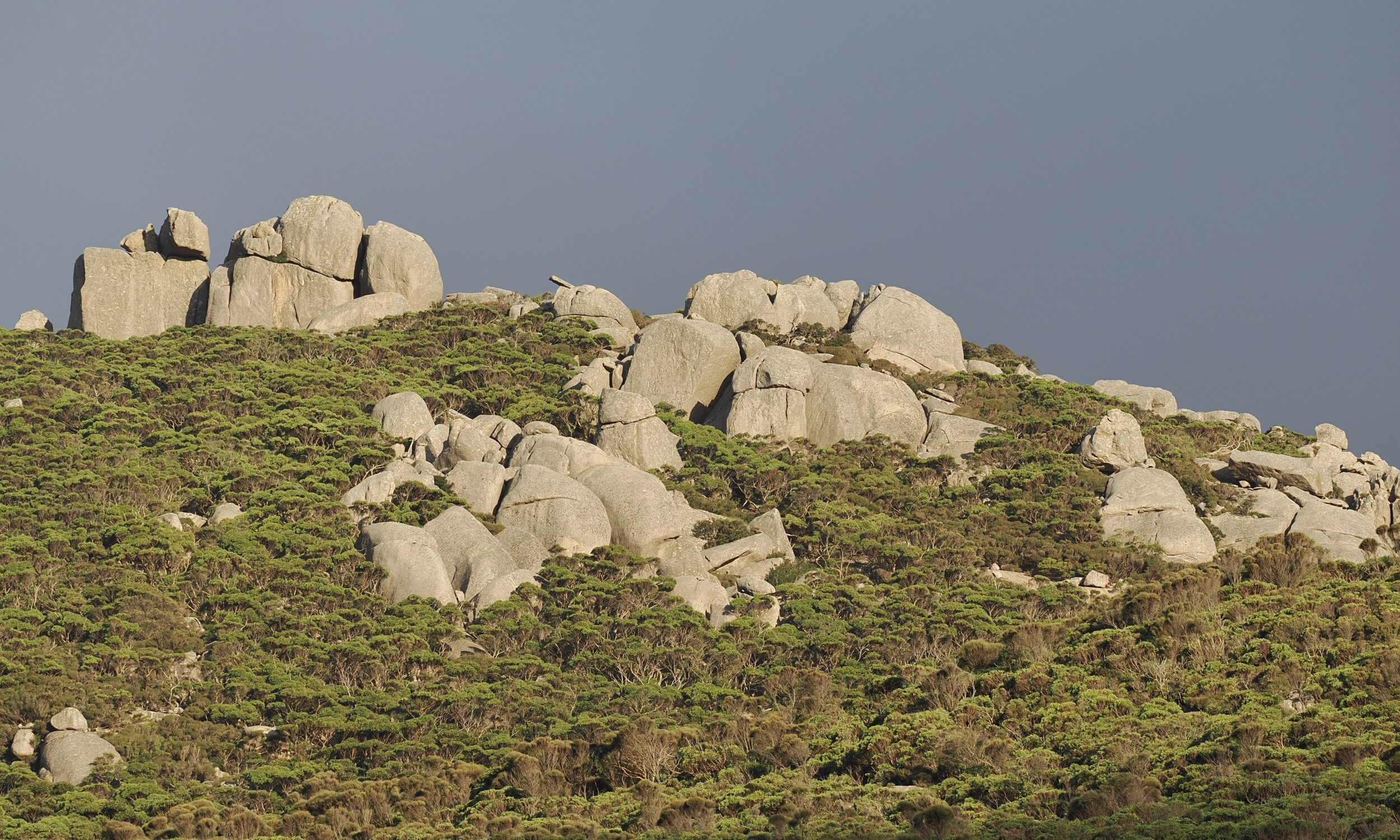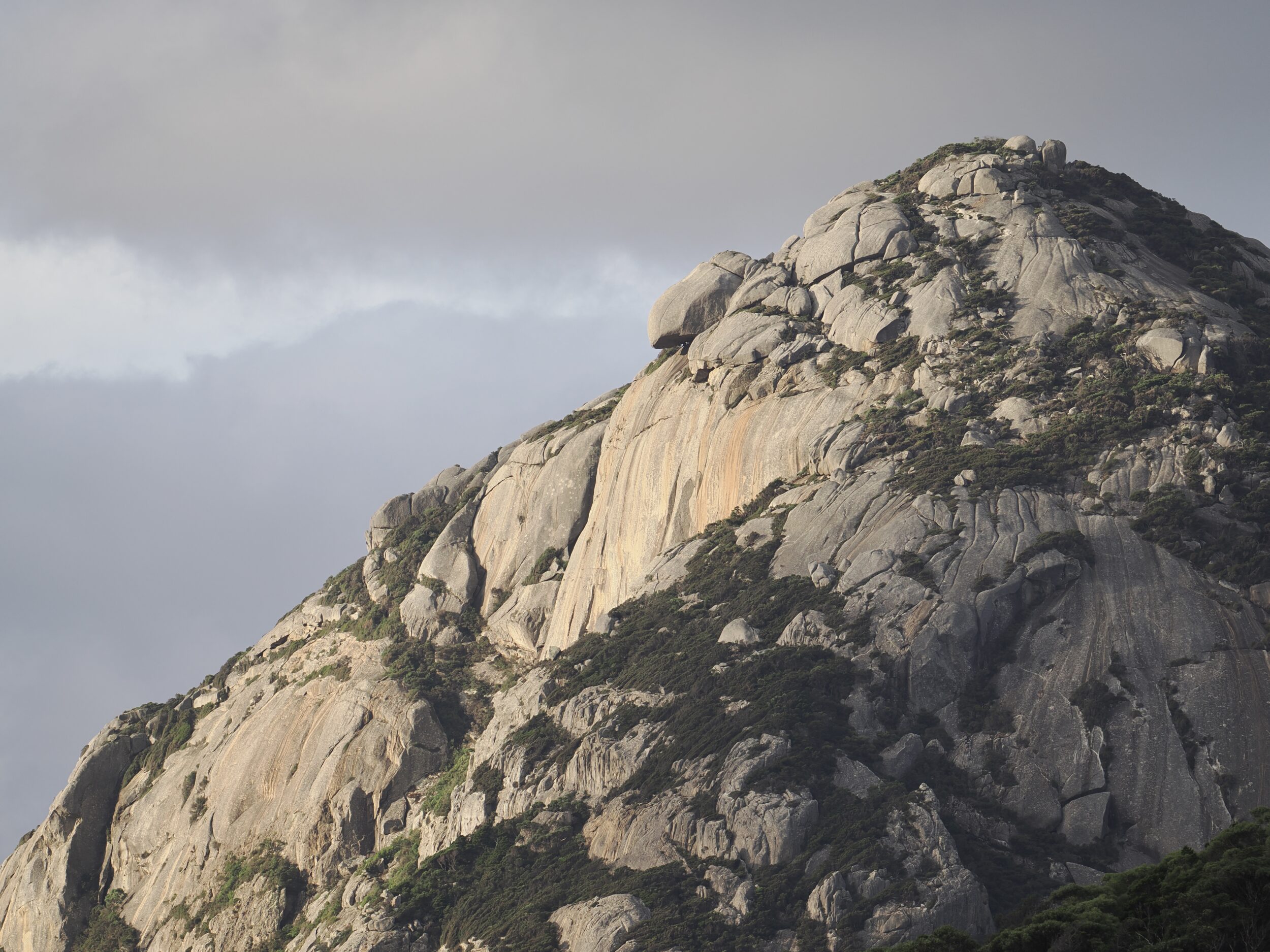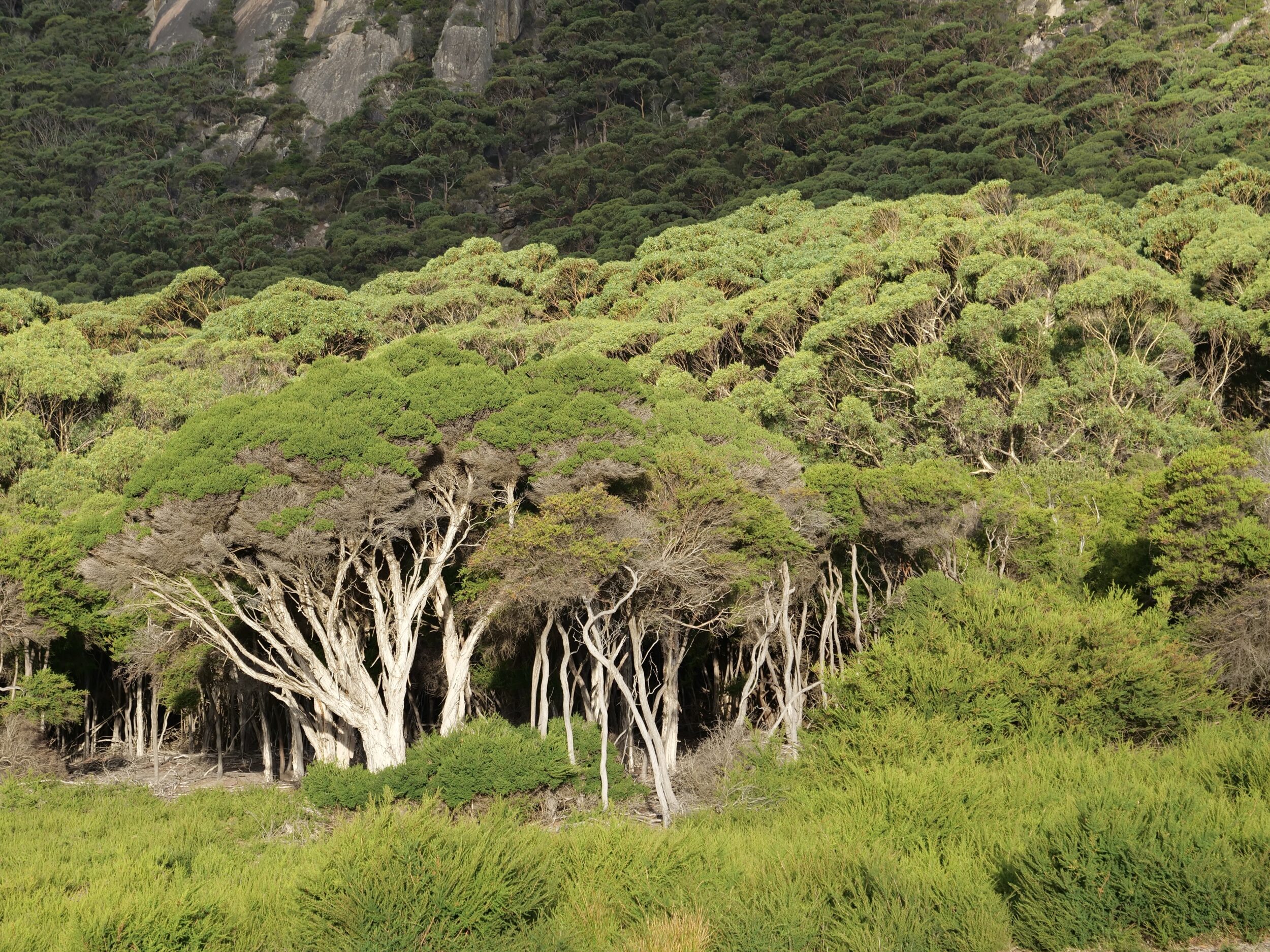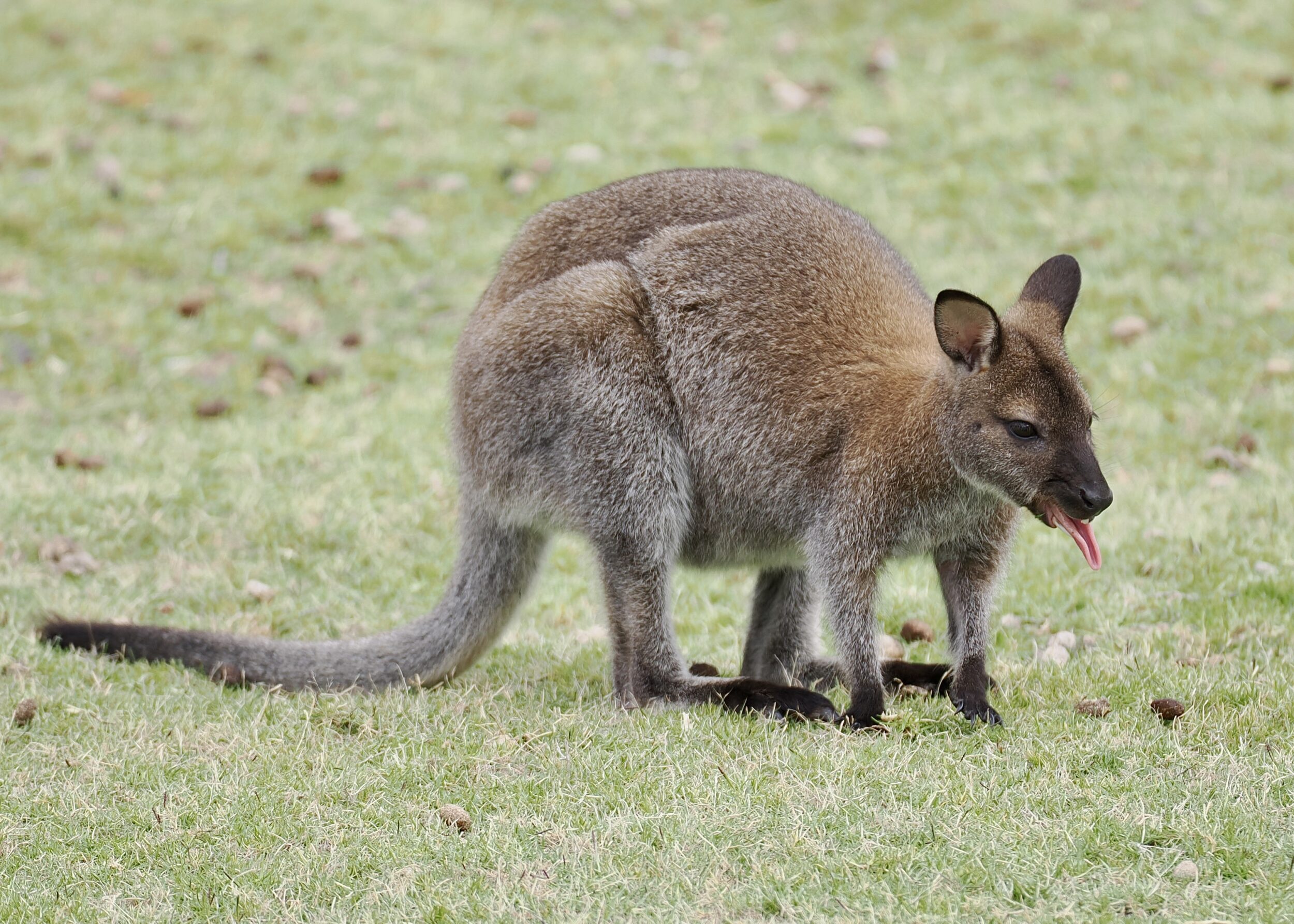From Sellars Point – a couple of kilometres east of Red Bluff – Flinders Island’s longest beach stretches along almost the entire southern half of Flinders’ east coast.
Nominally, Planter Beach is two beaches, separated (at East River Bluff) by what justifies Cameron Inlet’s status as an inlet.
Only rarely, however, does Flinders’ largest inlet contain enough water for it to open its “mouth” and “kiss” the ocean.
Planter Beach (North) and Planter Beach (South) are usually a single, uninterrupted strand.
The featured image looks south; on the horizon are Strzelecki National Park’s mountains, which dominate the southern end of Flinders Island.
Leave a Comment